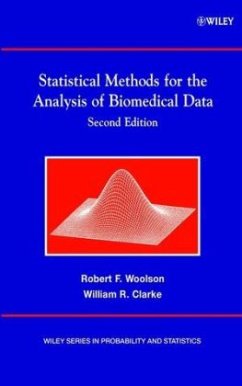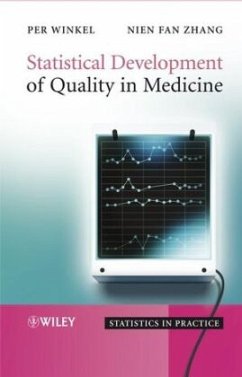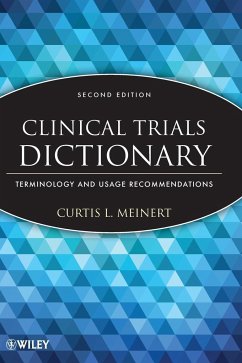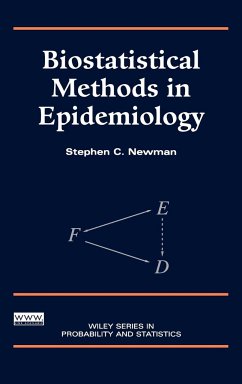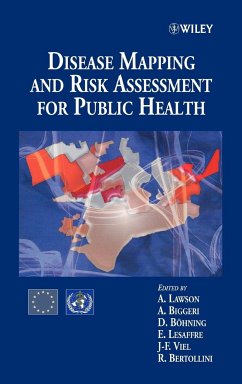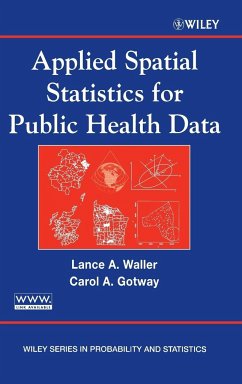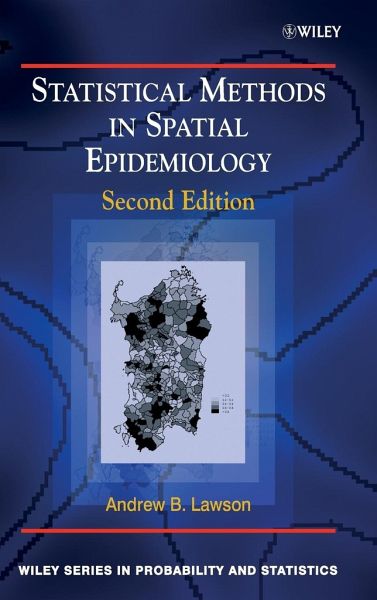
Statistical Methods in Spatial Epidemiology
Versandkostenfrei!
Versandfertig in über 4 Wochen
161,99 €
inkl. MwSt.
Weitere Ausgaben:

PAYBACK Punkte
81 °P sammeln!
Die räumliche Epidemiologie untersucht die statistischen Aspekte der Ausbreitung von Krankheiten nicht nur im zeitlichen, sondern auch im geographischen Rahmen - ein schnell wachsendes Gebiet der modernen medizinischen Forschung! In diesem Buch werden zum einen die statistisch-methodischen Grundlagen erläutert, zum anderen aber auch zahlreiche Anwendungsbeispiele diskutiert. Die wichtigsten Verfahren wurden in Anhängen übersichtlich zusammengestellt.







